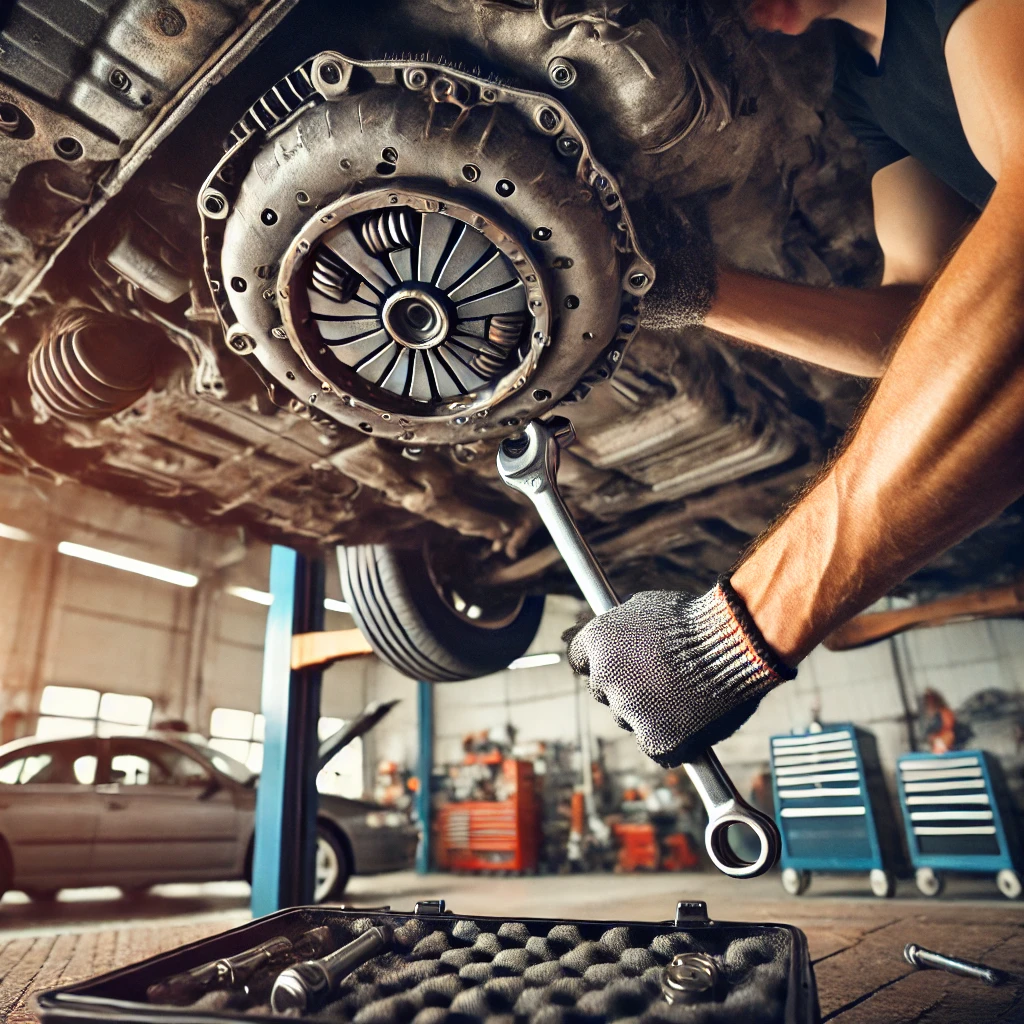Introduction
A clutch endures significant wear every time you shift gears, but proper maintenance can extend its life and prevent costly replacements. By adopting good driving habits and performing regular checks, you can keep your clutch in top shape. In this article, we’ll share practical tips on how to maintain your clutch, from driving techniques to mechanical care, ensuring it lasts for years.
Why Clutch Maintenance Matters
- Prevents Slipping: Proper care keeps the clutch disc gripping effectively.
- Extends Lifespan: A well-maintained clutch can last 50,000-100,000 miles.
- Saves Money: Avoiding premature failure reduces repair costs.
- Ensures Safety: A reliable clutch prevents shifting issues on the road.
Clutch Maintenance Tips
- Avoid Riding the Clutch
- How: Don’t rest your foot on the clutch pedal while driving—it causes unnecessary wear.
- Why: Even slight pressure partially disengages the clutch, burning the disc.
- Shift Gears Smoothly
- How: Press the clutch fully and shift without forcing the gear.
- Why: Rough shifting grinds gears and wears the clutch faster.
- Don’t Use the Clutch to Hold on Hills
- How: Use the handbrake to hold the car, then engage the clutch to move.
- Why: Holding with the clutch causes excessive slipping and heat buildup.
- Check the Clutch Fluid
- How: Inspect the clutch master cylinder reservoir (often shared with brake fluid) for proper levels.
- Why: Low fluid or air in the system causes a spongy pedal—top off or bleed as needed.
- Inspect the Clutch Pedal
- How: Check for changes in pedal feel, like stiffness or a high engagement point.
- Why: Early detection of issues (e.g., a failing slave cylinder) prevents clutch damage.
- Lubricate Linkages
- How: Apply grease to the clutch fork and linkage pivot points during maintenance.
- Why: Reduces friction and ensures smooth operation.
- Avoid Overloading the Vehicle
- How: Don’t exceed your car’s weight capacity, especially when towing.
- Why: Extra load strains the clutch, causing faster wear.
Tools for Clutch Maintenance
- Wrench set (for bleeding the clutch)
- Brake fluid (DOT 3 or 4, as specified)
- Grease (for linkages)
- Jack and stands (for under-car inspections)
Common Maintenance Mistakes to Avoid
- Ignoring Pedal Changes: A spongy pedal often signals hydraulic issues—don’t delay repairs.
- Overusing the Clutch: Constant slipping (e.g., in traffic) burns it out faster.
- Skipping Fluid Checks: Old or low fluid can damage the hydraulic system.
Conclusion
Maintaining your clutch with good driving habits and regular checks can prevent failure and save you from expensive replacements. Avoid riding the clutch, shift smoothly, and keep the hydraulic system in check to ensure longevity. Make these practices part of your routine for a reliable driving experience.
Call-to-Action:
What’s your go-to clutch maintenance tip? Share in the comments, and see our signs of a bad

